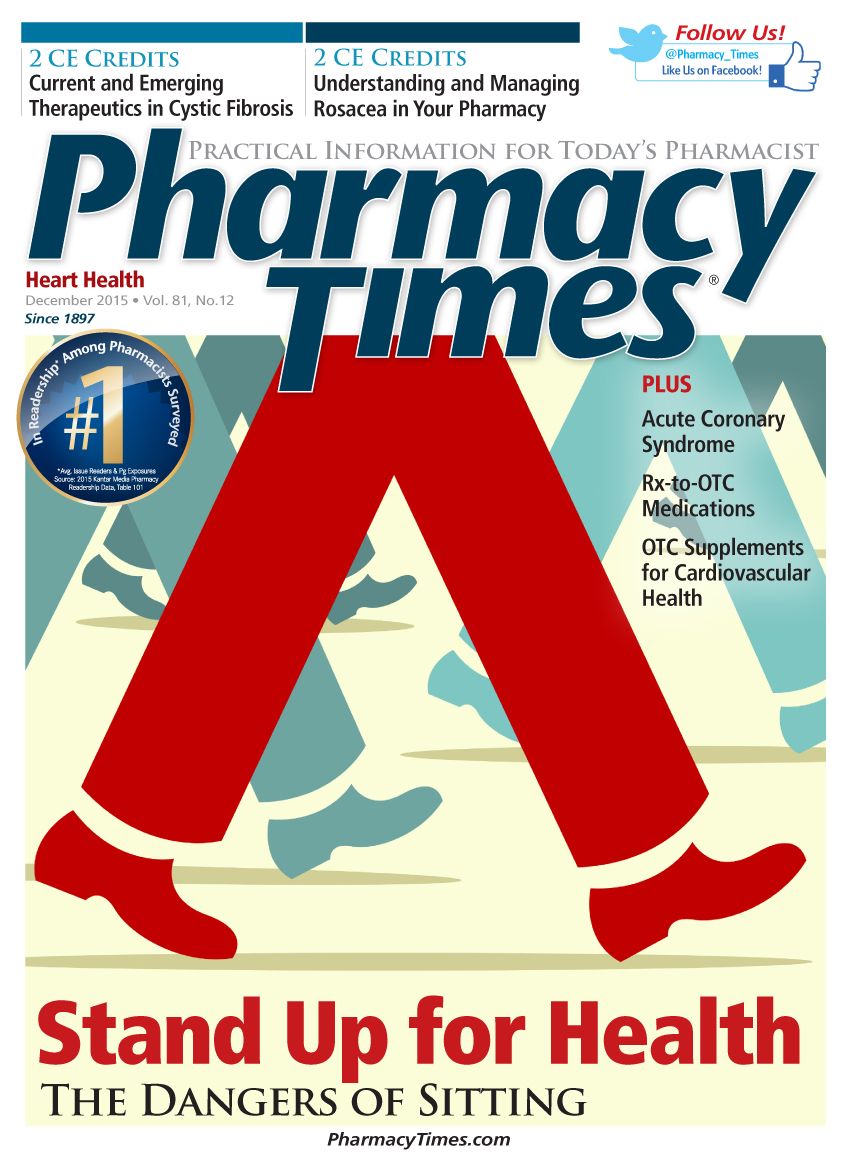ISMP Safety Briefs
Recently, a pharmacy filled a prescription for guaifenesin with codeine cough syrup with an error in the patient instructions.
Keep Patient Instructions in mL
Recently, a pharmacy filled a prescription for guaiFENesin with codeine cough syrup with an error in the patient instructions. The prescriber intended the patient to take 10 mL by mouth every 4 hours as needed. However, the pharmacy incorrectly converted the directions to “Take 2 tablespoonfuls by mouth every 4 hours as needed for cough.” The error was not identified until the patient called 2 days later stating she was already out of the medication.
The Institute for Safe Medication Practices (ISMP) has long called for health care to standardize units of measure to metric units on prescriptions and pharmacy labels. Other groups, such as the Centers for Disease Control and Prevention PROTECT Initiative (cdc.gov/medication- safety/protect/protect_initiative.html), the National Council for Prescription Drug Programs (ncpdp.org/NCPDP/media/pdf/ pressrelease/FINAL-NCPDP-mL-White-Paper-04-09-14.pdf), and the Consumer Healthcare Products Association (chpa.org/VolCodesGuidelines.aspx), support milliliter as the standard unit of liquid measure for use on prescription and OTC container labels for oral liquid medications.
So, why do practitioners continue to initially write doses in nonmetric units or convert doses to teaspoons or tablespoons when the doses were originally written in milliliters? All practitioners should express doses for oral liquids only in metric units—never by teaspoon or tablespoon. Also, appropriate dosing devices with markings in milliliters should be available or provided to patients when a prescription for an oral liquid medication is dispensed.
Have You Reviewed Your Vaccine Administration Processes?
A patient recently received her influenza vaccination at a community pharmacy. The pharmacist administered the vaccine high on the arm near the patient’s shoulder. Later that day, the patient began to experience pain and was barely able to move her arm. The pain increased over the next several days and the reduced mobility of her arm continued. The patient was seen by her physician, who was alarmed to still see bruising on the patient’s shoulder. The physician noted that the vaccine had been administered into the bursa and not the deltoid muscle.
Although pharmacists must undergo initial training and certification to administer vaccines, it is critical that pharmacy management varies this initial certification through its own observations and provides ongoing training. This training should include observation of administration technique for the various vaccines and proper infection-control practices. In addition, management should periodically assess whether pharmacists are maintaining injection skills through actual vaccine administrations and performing proper technique and infection-control practices.
As pharmacies take on larger roles in the provision of health care services, pharmacy management must ensure pharmacists have the necessary resources (eg, personnel, technology) and time to safely provide pharmaceutical services, administer vaccines, and conduct medication therapy management. Direct patient care services require a safe environment; otherwise, workarounds and shortcuts become the norm, placing patients and practitioners at risk.
Do Not Open Pradaxa Capsules
Nurses, patients, and others may not be aware that the dabigatran package insert states, “The oral bioavailability of dabigatran etexilate (PRADAXA) increases by 75% when the pellets are taken without the capsule shell compared to the intact capsule formulation. Dabigatran capsules should therefore not be broken, chewed, or opened before administration.” Pharmacokinetic studies have shown that the absorption of PRADAXA increases significantly if it is administered without the capsule shell, increasing patients’ risk for severe bleeding.
Recently, a patient taken to an emergency department from an outside care facility was admitted for hematemesis. It is believed that some nurses at the care facility may have been opening the dabigatran capsules and sprinkling the contents on the patient’s food. Pharmacists should alert patients and other health care practitioners, particularly long-term care facility staff, about the risk of administering PRADAXA without the capsule shell. Work with facility staff to provide staff training and implement measures to avoid adverse events with dabigatran. Consider adding a warning statement such as “Do NOT break, chew, or open capsules” to medication administration record listings for dabigatran. Pradaxa is included on the ISMP’s Do Not Crush List (ismp.org/Tools/DoNotCrush.pdf).
Dr. Gaunt is a medication safety analyst and the editor of ISMP Medication Safety Alert! Community/ Ambulatory Care Edition.

